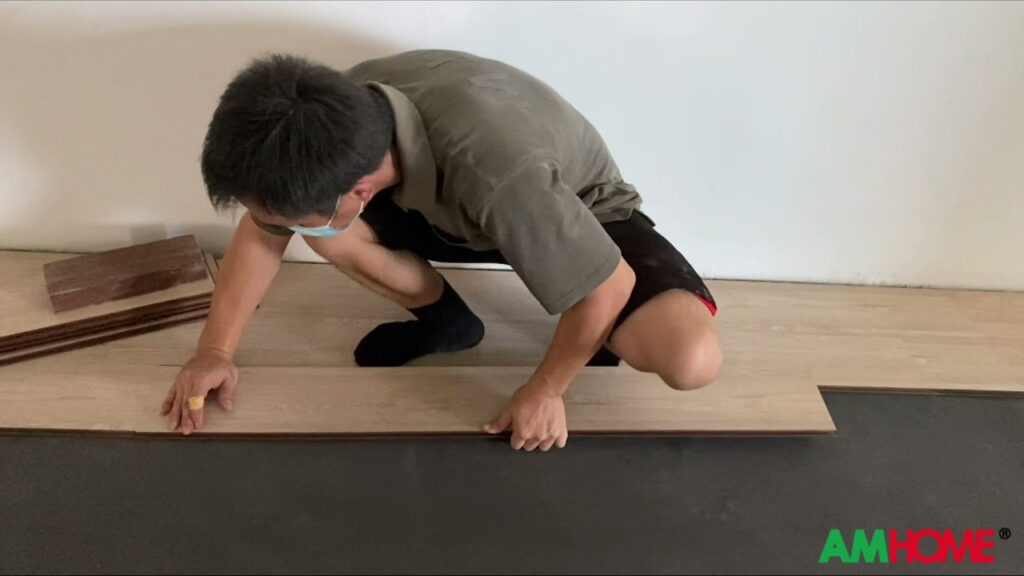Understanding the Importance of Proper Drywall Screw Spacing
Proper drywall screw spacing is crucial for ensuring the strength and stability of your drywall installation. When screws are placed too far apart, the drywall may sag or become more susceptible to cracks and damage. Conversely, placing screws too close together can create bulges and weaken the overall integrity of the drywall. Therefore, adhering to the recommended spacing guidelines is essential for a professional and durable finish.
To achieve the best results, it is recommended to space drywall screws no more than 12 inches apart along the edges and no more than 16 inches apart on the field. This spacing ensures that the drywall is adequately supported and minimizes the risk of future issues such as nail pops or visible seams. By following these guidelines, you can improve the overall quality and longevity of your drywall installation.
Furthermore, proper screw spacing plays a key role in preventing the formation of cracks and ensuring a smooth, even surface. By distributing the screws evenly and consistently, you can minimize the likelihood of the drywall shifting or cracking over time. This attention to detail during the installation process can significantly impact the final appearance and structural soundness of the drywall.
In summary, understanding the importance of proper drywall screw spacing is fundamental to achieving a professional and durable finish. Adhering to recommended spacing guidelines not only enhances the strength and stability of the drywall but also minimizes the risk of future issues such as cracks, bulges, and visible seams. Paying close attention to screw spacing during installation is a simple yet critical step in ensuring the overall quality and longevity of your drywall.
Recommended Drywall Screw Spacing Guidelines
When it comes to installing drywall, following recommended screw spacing guidelines is crucial to ensuring a secure and professional finish. The appropriate spacing between drywall screws helps to prevent sagging, cracking, and other potential issues that can arise when the drywall is not properly supported.
Typically, the recommended screw spacing for installing drywall is 12 inches along the ceiling and 16 inches on center for walls. However, in high-moisture areas or when using thicker drywall panels, closer spacing may be necessary to provide adequate support. It is important to consult local building codes and manufacturer recommendations to determine the specific spacing requirements for your project.
Using a stud finder can help locate the underlying wall studs, which are essential for securely anchoring the drywall screws. Additionally, ensuring that the screws are driven flush with the drywall surface without breaking through the paper facing is crucial for achieving a smooth and uniform finish.
Essential Tips for Creating an Effective Screw Pattern
1. Understand the Requirements
Before creating a screw pattern, it is crucial to understand the specific requirements of the project. Consider the material being used, the load-bearing capacity required, and any other relevant factors. This understanding will guide the selection of the appropriate screw type, size, and spacing for the pattern.
2. Use the Right Tools
Utilizing the correct tools is essential for creating an effective screw pattern. Invest in high-quality screwdrivers, drills, and other equipment necessary for precise and accurate installation. Using the right tools not only ensures the proper placement of screws but also minimizes the risk of damage to the material.
3. Maintain Consistent Spacing
Consistent spacing between screws is essential for ensuring structural integrity and uniform weight distribution. Whether creating a linear or staggered pattern, maintaining consistent spacing is critical. Utilize measuring tools and marks to ensure the accurate placement of screws at regular intervals.
4. Consider Environmental Factors
When creating a screw pattern, it is important to consider environmental factors that may affect the longevity and performance of the screws. Factors such as temperature fluctuations, moisture exposure, and potential corrosive elements should be taken into account when selecting the appropriate screw type and considering additional protective measures.
By following these essential tips, you can create an effective screw pattern that meets the specific requirements of your project and ensures structural integrity and longevity.
Common Mistakes to Avoid in Drywall Screw Spacing
When it comes to installing drywall, proper screw spacing is crucial for a successful and long-lasting outcome. One common mistake to avoid is spacing the screws too far apart. If the screws are not placed at the correct intervals, the drywall can become loose and lead to cracks and sagging over time.
Another mistake is overdriving the screws. While it might be tempting to ensure a tight fit, overdriving the screws can break the paper surface of the drywall, compromising its integrity. It’s important to drive the screws flush with the surface without breaking the paper.
Moreover, inconsistent screw spacing is a common oversight that can result in uneven and unprofessional-looking walls. Using a reference tool to ensure proper and consistent spacing between screws can help maintain the structural integrity and aesthetic appeal of the drywalled surface.
Lastly, neglecting to stagger the screws is a mistake that can weaken the overall support of the drywall. Staggering the screws helps distribute the weight and stress evenly across the panels, preventing fractures and ensuring a more durable installation.
By avoiding these common mistakes in drywall screw spacing, you can ensure a sturdy, visually pleasing, and long-lasting finish for your drywall projects.
Conclusion
In conclusion, it is vital for websites to prioritize creating quality content that is valuable and relevant to their target audience. By focusing on providing useful information, engaging visuals, and easy navigation, websites can improve their user experience and increase their chances of ranking higher on search engine results pages. Additionally, implementing effective SEO strategies, such as incorporating relevant keywords, optimizing meta tags, and building quality backlinks, can further enhance a website’s visibility and expand its organic reach.
Furthermore, staying updated with the latest algorithm changes and trends in the digital marketing landscape is essential for maintaining a strong online presence. By continuously monitoring and analyzing website performance metrics, businesses can identify areas for improvement and make informed decisions to enhance their overall SEO strategy. Ultimately, by consistently delivering valuable content and adhering to best SEO practices, websites can establish themselves as authoritative sources in their respective industries and attract a loyal following of website visitors.


